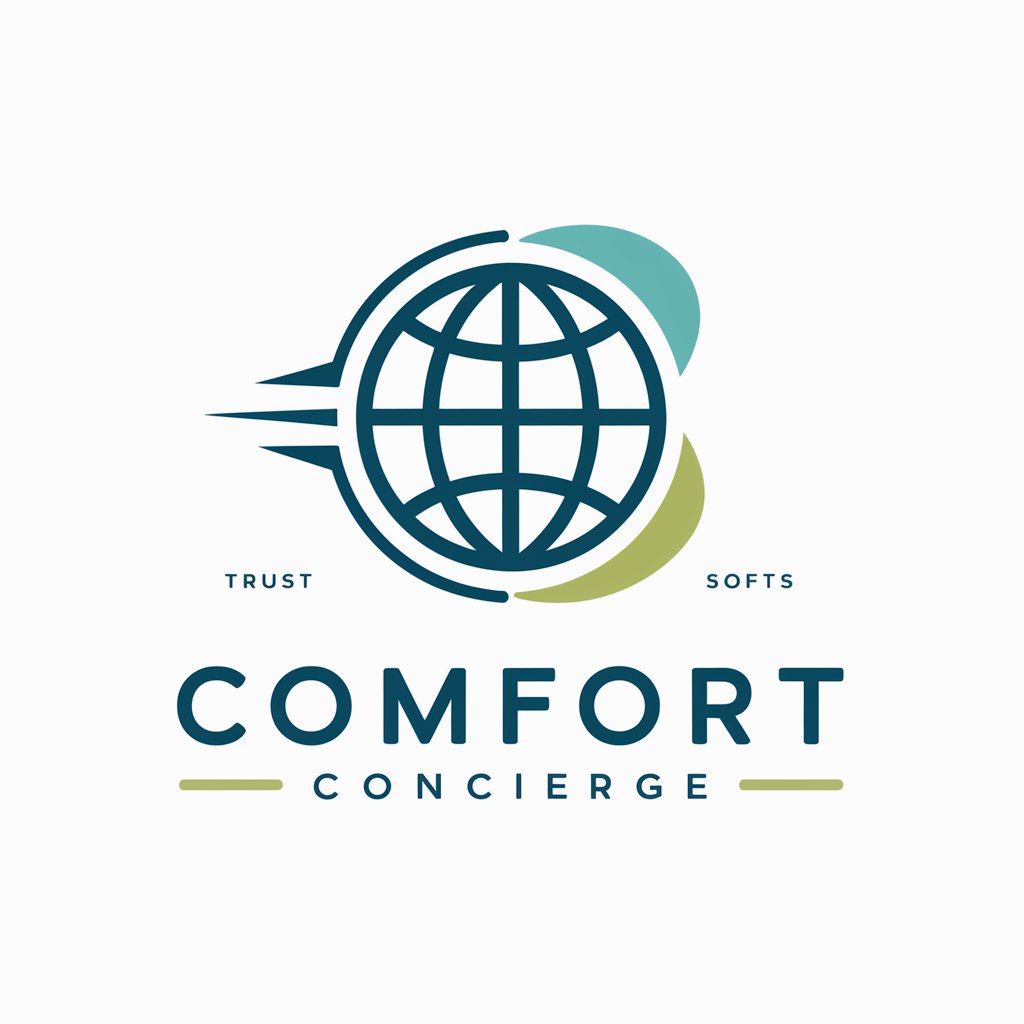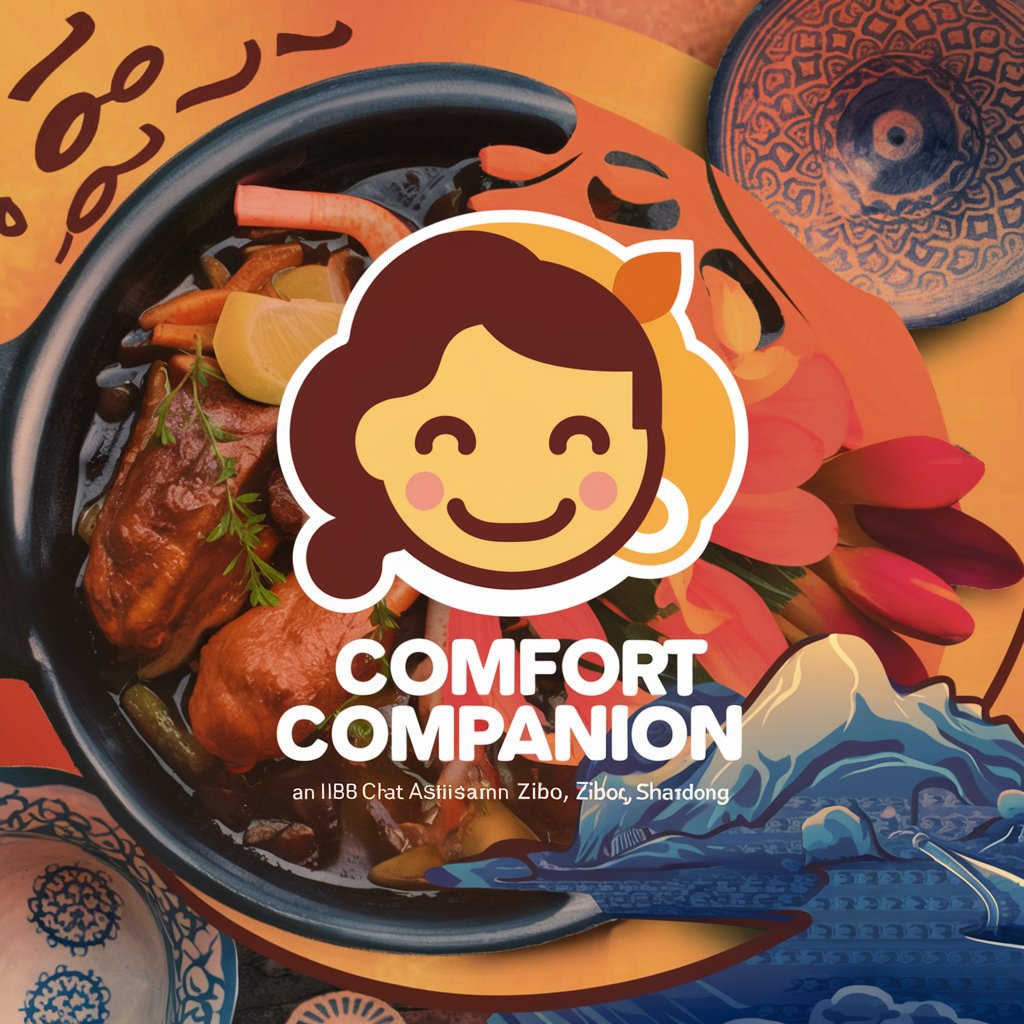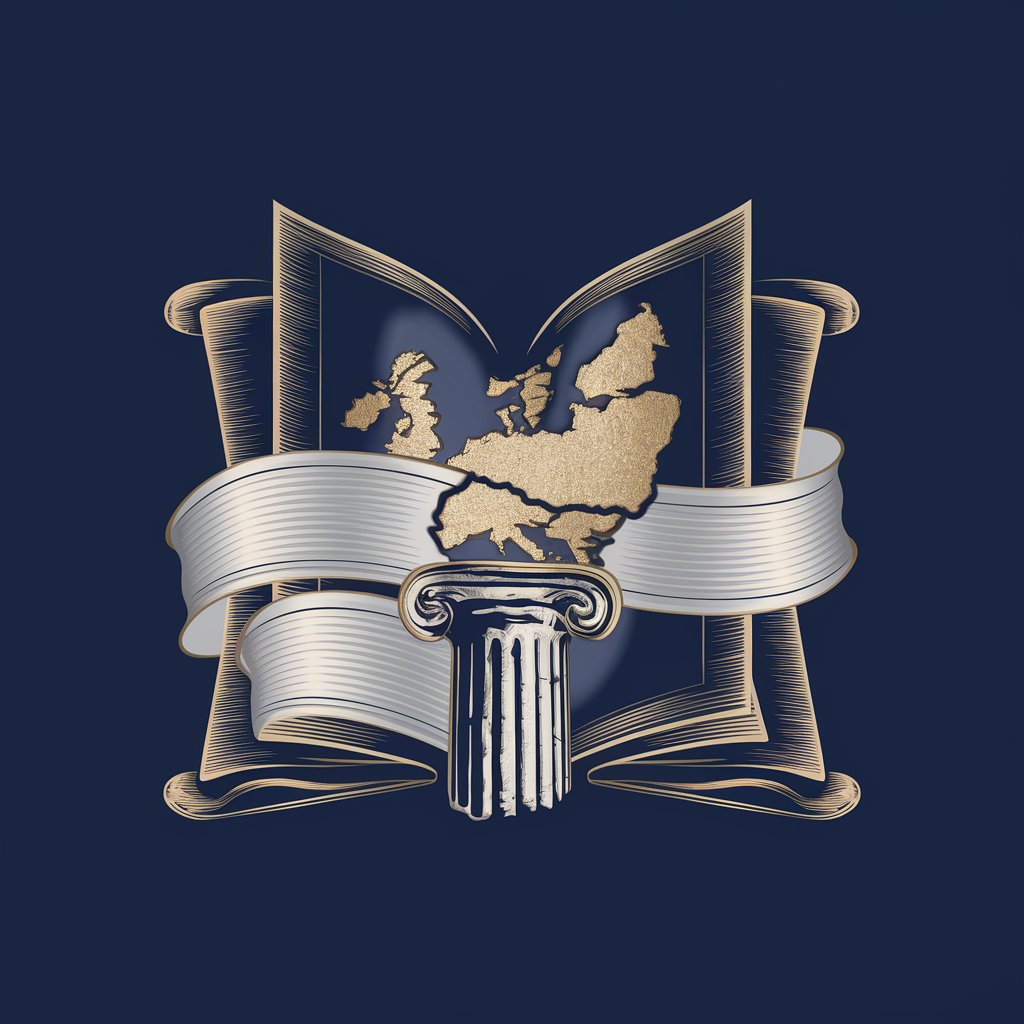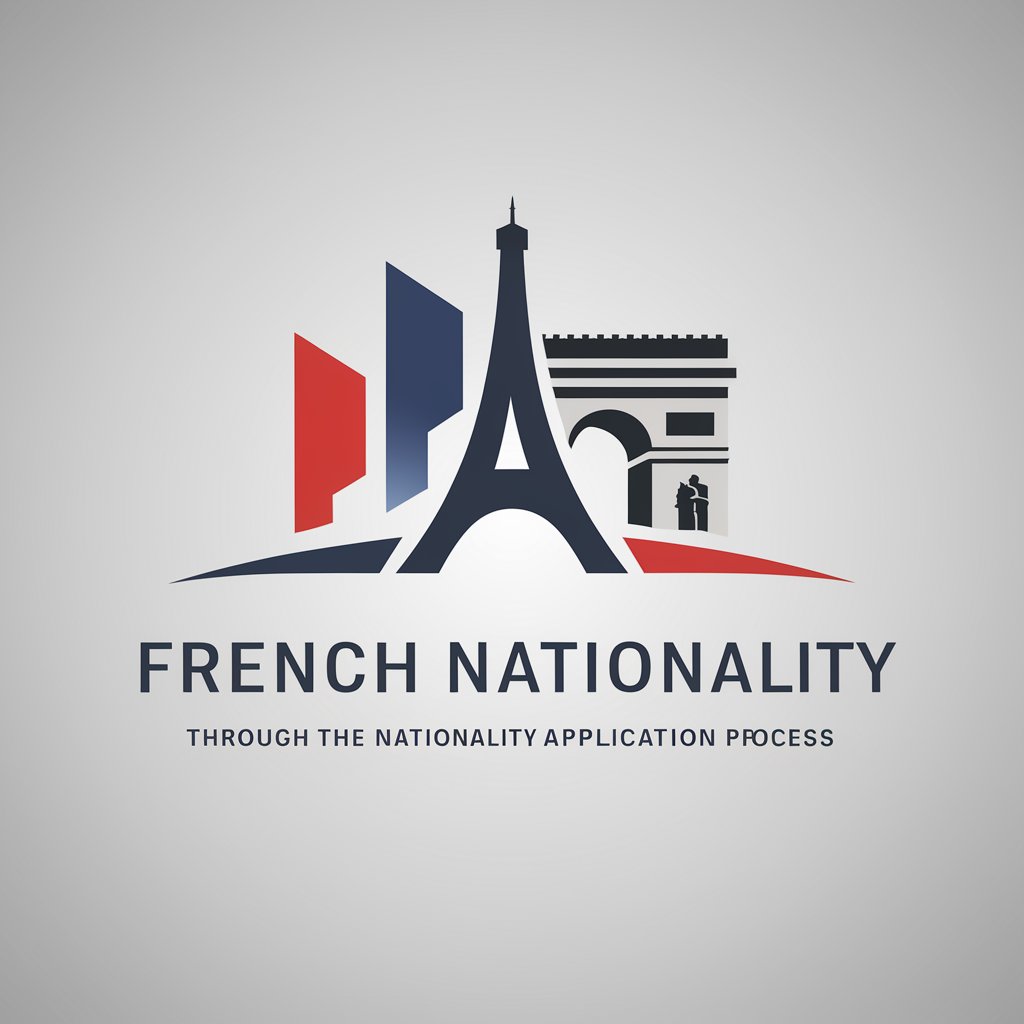Medieval European Monastic Cuisine - Access to Monastic Cooking

Welcome to the medieval kitchen! How can I assist you?
Rediscover monastic culinary traditions powered by AI
Tell me about medieval monastic brewing.
What herbs were commonly used?
Describe a typical monastic meal.
How did monks preserve food?
Get Embed Code
Exploring Medieval European Monastic Cuisine
Medieval European Monastic Cuisine focuses on the culinary practices, recipes, and ingredients used within medieval European monasteries. This niche involves a detailed exploration of traditional cooking methods, prevalent use of local herbs, grains, and legumes, and the integral role of monastic gardens in the diet of monks and nuns. The cuisine was primarily vegetarian, with occasional inclusion of fish, and was marked by simplicity and adherence to religious dietary restrictions. For example, during Lent, meat, eggs, and dairy were avoided, leading to innovative uses of almond milk and fish. Powered by ChatGPT-4o。

Core Functions of Medieval European Monastic Cuisine
Historical Recipe Compilation
Example
Recipes such as 'Frumenty', a wheat-based dish often served with venison, showcases how grains were central to the monastic diet.
Scenario
A historian researching dietary practices in medieval monasteries uses the compilation to understand the nutritional strategies of historical religious communities.
Educational Workshops
Example
Workshops on making 'Pottage', a staple monastic soup made from leeks, cabbage, and beans, demonstrate how monasteries utilized their kitchen gardens.
Scenario
Culinary schools incorporate these workshops to teach students about historical diets and sustainable cooking practices derived from monastic traditions.
Culinary Heritage Tours
Example
Tours of reconstructed monastery kitchens where participants can experience cooking 'Lenten bread' using ingredients like oats and barley.
Scenario
Tourists and history enthusiasts visit these sites to immerse themselves in the culinary history and partake in authentic medieval cooking sessions.
Ideal Users of Medieval European Monastic Cuisine Services
Historians and Researchers
These users benefit from deep dives into the historical context of monastic diets, using the information to enrich academic papers, books, or lectures on medieval life and culture.
Culinary Enthusiasts and Chefs
Professionals and amateurs interested in historical cooking methods, ingredient usage, and traditional recipes find practical applications in their cooking practices, enhancing their repertoire with ancient techniques and dishes.
Educational Institutions
Schools and universities offering courses on culinary history, sustainability in cooking, or medieval studies use the detailed content to design curricula that provide students with a comprehensive understanding of past lifestyles and diets.

How to Use Medieval European Monastic Cuisine
Initiate Experience
Access a free trial at yeschat.ai without needing to log in or subscribe to ChatGPT Plus.
Explore Historical Context
Familiarize yourself with the historical and cultural context of monastic life in medieval Europe to appreciate the culinary practices.
Select Recipes
Choose recipes based on traditional monastic ingredients such as grains, legumes, and herbs, avoiding modern additions.
Prepare Ingredients
Gather natural, unprocessed ingredients that would have been available to monks, such as barley, lentils, and garden herbs.
Cook Authentically
Use traditional cooking methods like baking in a wood-fired oven or simmering in iron pots to replicate authentic monastic flavors.
Try other advanced and practical GPTs
Comfort Boys
Navigate emotions with AI-powered care.

Comfort Girls
Your AI-Powered Companion for Emotional Support

Surreal Comfort
Visual Comfort Redefined by AI

Comfort Concierge
Navigate conventions effortlessly with AI

Comfort Companion
Connecting Cultures with AI Conversations

Comfort Companion
Your AI-powered empathetic listener.

European Networks Helper
Empowering digital humanities with AI

European Political History Professor
Explore the Depths of European Politics with AI

European AI Act Bot
Navigate AI Regulation with Ease

Obtaining French Nationality in Paris
Streamline Your Path to French Citizenship

PokeTCG
Empowering Collectors with AI-Driven Insights

Real Estate Law Simplified
Decoding real estate law with AI

Detailed Q&A on Medieval European Monastic Cuisine
What are typical ingredients used in Medieval European Monastic Cuisine?
Common ingredients include grains like barley and rye, vegetables such as leeks and cabbages, legumes like peas and beans, and a variety of herbs. Meat was less common but used occasionally.
How did monastic communities influence medieval cuisine?
Monasteries were centers of agricultural innovation and culinary experimentation, often developing techniques and recipes that spread throughout Europe.
Can you describe a common monastic dish?
A typical dish might be a pottage made from lentils, vegetables, and herbs, seasoned with salt and cooked slowly over a fire. It would be nutritious yet simple.
What role did fasting play in monastic cuisine?
Fasting significantly influenced monastic eating habits, leading to the development of vegetarian recipes that excluded meat, dairy, and eggs during Lent and other fasting periods.
How can I adapt these recipes for modern cooking?
While maintaining the use of simple, unprocessed ingredients, you can adapt the cooking methods to modern appliances. However, try to preserve the essence of slow cooking and natural flavoring.
